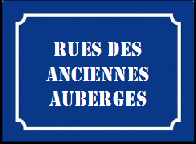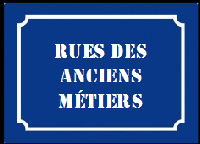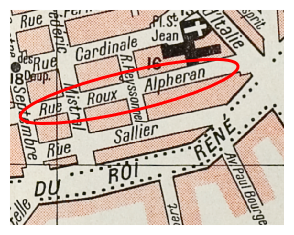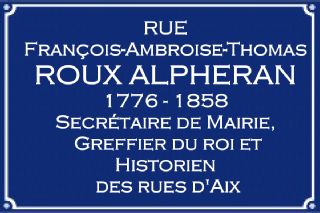
























François-
Il est le fils de Jean-
Découvert en 2013 seulement, son livre Aix sous la Terreur écrit sous forme d’un journal entre 1795 et 1797 montre que le jeune ROUX-
Le 16 mars 1801, il épouse Marie-
En 1814 par ordonnance royale, il porte les deux noms de ses parents et devient ROUX-
Après des études à la Faculté de droit, sa timidité le pousse à renoncer au barreau pour entrer dans l’administration. Il sera alors secrétaire général de la Mairie d’Aix (1807-
À partir de 1830, n’appréciant pas le renversement des rois Louis XVIII et Charles X de la dynastie des Bourbons, il démissionne de toutes ses fonctions officielles pour consacrer la quasi-
François-
Il léguera à la Bibliothèque Méjanes toutes les cartes, portraits, manuscrits et diverses pièces toutes relatives à l’histoire d’Aix. De son vivant ROUX-
À voir :
Au n°11 : Vestige d'un "A" rouge sur fond blanc sur le mur à gauche de la porte d'entrée. Ce "A" indique que cette maison possédait une cave pouvant servir d'abri aux passants lors des bombardements à la fin de la Seconde Guerre mondiale.
Au n°23 : La porte de l'Hôtel de Castillon décorée par des pilastres aux mascarons grimaçants et surmontés de sphinges sculptées par Jean Pancrace CHASTEL.
François-
He is the son of Jean-
Discovered only in 2013, his book Aix sous la Terreur, written in diary form between 1795 and 1797, shows that the young ROUX-
On March 16, 1801, he married Marie-
In 1814 by royal decree, he bears the two names of his parents and becomes ROUX-
After studying at the Faculty of Law, his shyness prompted him to give up the bar to enter the administration. He was then secretary general of the City of Aix (1807-
From 1830, not appreciating the overthrow of Kings Louis XVIII and Charles X of the Bourbon dynasty, he resigned from all his official functions to devote almost all of his time to retracing the history of the city of Aix mainly in his two-
François-
He will bequeath to the Méjanes Library all the maps, portraits, manuscripts and various pieces all relating to the history of Aix. During his lifetime ROUX-
To see :
At n ° 11: Remains of a red "A" on a white background on the wall to the left of the front door. This "A" indicates that this house had a cellar that could serve as a shelter for passers-
At n ° 23: The door of the Hôtel de Castillon decorated by pilasters with grimacing masks and surmounted by sphinxes sculpted by Jean Pancrace CHASTEL.
